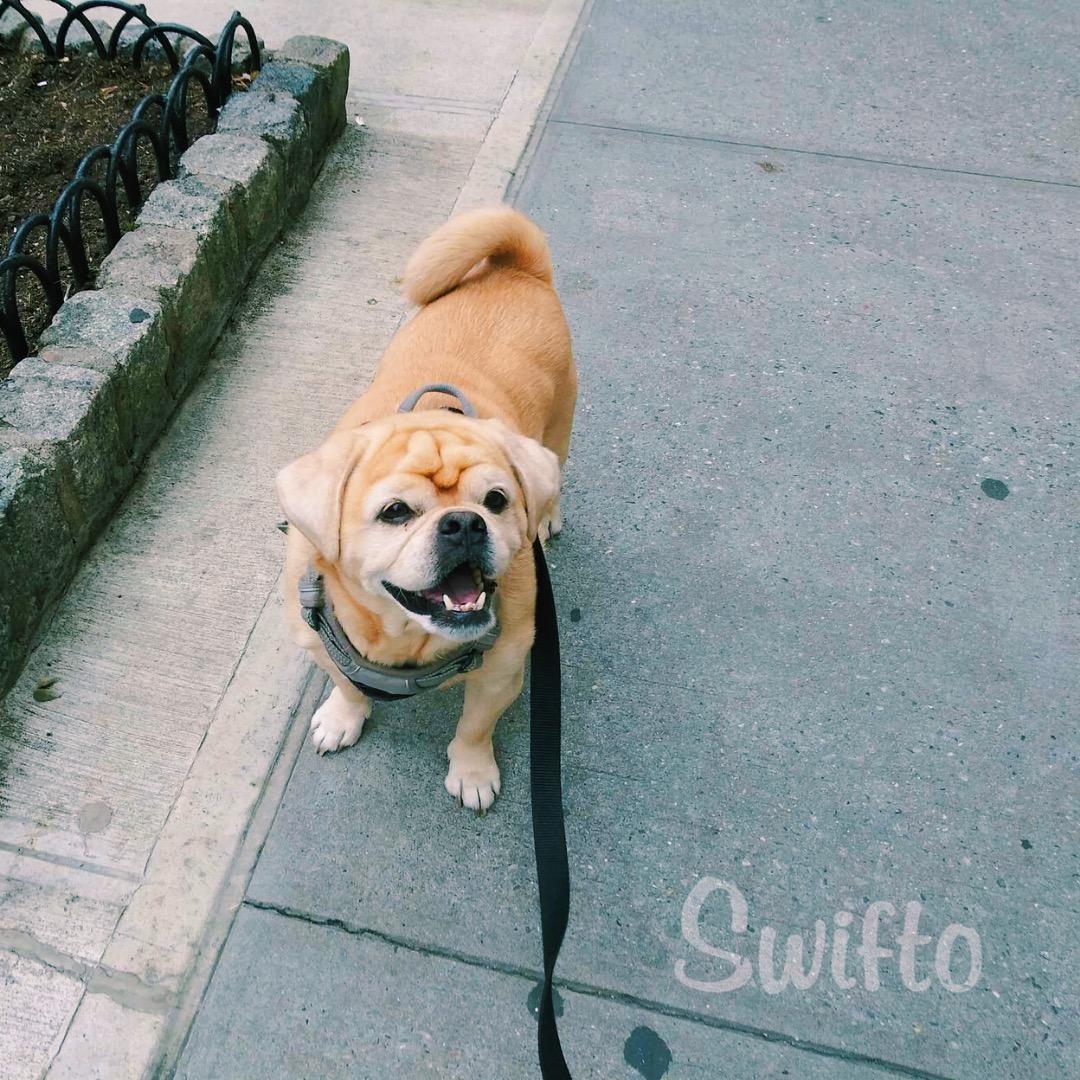
Fostering a dog can be a wonderful experience, allowing you to play a significant part in helping a pet find their forever home. These dogs often come from various backgrounds and may require extra love and attention. If you already have a dog, fostering might require some additional considerations to ensure a smooth transition for both dogs. Here are some tips to help you navigate this process successfully.
Assess Your Dog's Temperament
First, evaluate if your dog’s temperament allows for another dog in the home. If your dog gets nervous or aggressive around other dogs, consult with a trainer for expert advice. Both dogs need to get along to ensure your dog’s comfort and to help the foster dog adjust.
Understand the Foster Dog's Background
Shelter dogs often haven't been socialized properly. Ask about the foster dog's history with other dogs to determine if it will be safe to introduce them. Some dogs might not get along with other dogs due to lack of socialization or traumatic experiences, and that's okay. Your role as a foster is to help the dog get adopted into a loving family, which includes helping with socialization and training.
Introduction on Neutral Ground
If both dogs have good temperaments, introduce them on neutral ground, not at your home or the shelter. Having extra hands, such as foster organization or shelter workers, can help manage the introduction. Keep both dogs on leashes and watch their behavior closely. Look for positive signals like a wagging tail or happy barks, and be cautious of negative signs such as growling, pinned-back ears, or snapping.
Supervise and Give Space
Once the foster dog arrives at your home, supervise both dogs closely and reintroduce them on leashes. Move slowly and give both dogs their own space. Many experts recommend keeping the dogs separated for about five days to allow them to adjust and to address any health concerns, such as up-to-date vaccinations.
Separate Training and Walks
The foster dog will need training and may require individual attention. Initially, walk the dogs separately or designate times for individual outdoor activities. This helps the foster dog focus on training and allows you to manage interactions better. Ensure both dogs receive equal attention to prevent jealousy and promote bonding.
Fulfill Foster Responsibilities
Depending on the foster organization, you may need to take the foster dog to adoption events or dog parks to meet potential adopters. While fulfilling these duties, ensure your own dog receives plenty of attention. Consider enlisting outside help to ensure both dogs get enough "human time."
Enjoy the Rewards of Fostering
Fostering is a significant responsibility with great rewards. When the foster dog leaves your care for a loving home, you’ll know you played a crucial role in their journey. And who knows, you might even become a “foster failure” and decide to adopt your foster dog, giving your dog a new sibling.
Swifto's Dog Walking Services
At Swifto, we understand the unique needs of fostering pets. We charge just $7 extra for the second dog from the same household. Additionally, we’re happy to accommodate splitting the dog walks between the two dogs so each gets their own personal time with a loving dog walker.
Looking for a dog walker for your dogs? Click below to schedule a walk!
By Callie T.

